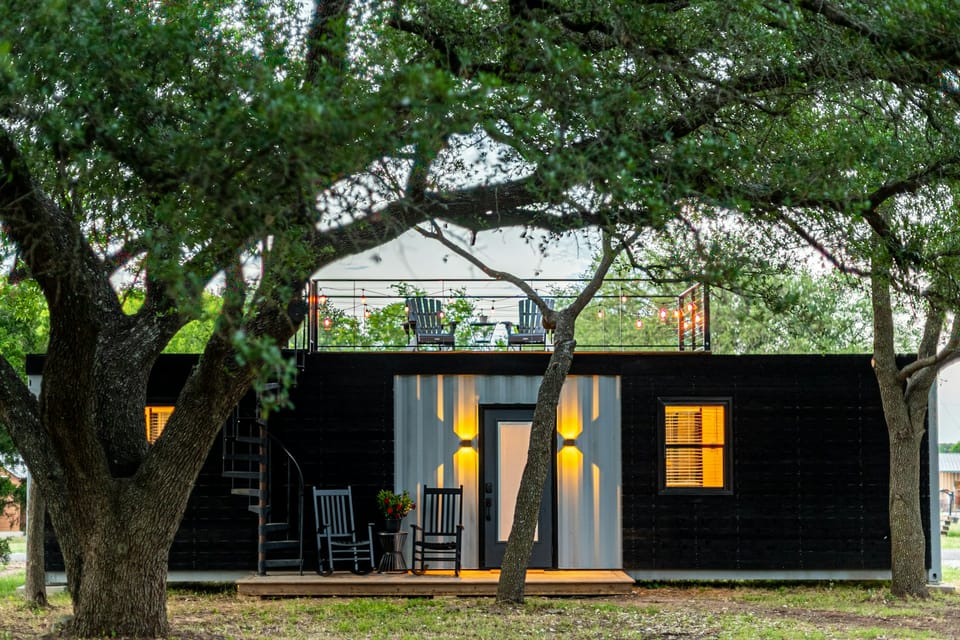Urban Sustainability: 10 Innovative Ways to Live Greener in Cities
Urban sustainability is reshaping city life in 2025. Learn 10 actionable ways to adopt eco-friendly habits, reduce waste, and promote wellness in urban environments.

Imagine a city where every rooftop blooms with gardens, bikes outnumber cars, and art inspires eco-action. In 2025, urban sustainability isn’t just a buzzword—it’s a movement. With 68% of the global population projected to live in cities by 2050 (UN, 2024), sustainable urban living is critical to combat climate change. Ready to make a difference? Here are 10 innovative, actionable ways to embrace urban sustainability and thrive in greener cities.
Why Urban Sustainability Matters in 2025
Cities generate 70% of global carbon emissions (World Bank, 2024). Yet, they also hold the power to drive change. Urban sustainability blends eco-friendly practices, green technology, and mindful living to reduce environmental impact while boosting wellness. From small actions to city-wide projects, every step counts.
“Sustainable cities don’t just happen—they’re built by communities who choose progress over convenience.”
—Jane Goodall, Environmentalist
Simple Environment-Friendly Actions for Urban Dwellers
Small changes spark big impact. Here’s how you can start today:
- Switch to LED lighting: Saves up to 80% energy compared to incandescent bulbs (EPA, 2024).
- Use reusable bags and bottles: Cuts single-use plastic waste, which totals 400 million tons annually (UNEP, 2024).
- Buy local produce: Reduces food transport emissions by up to 10% (Green City Times, 2024).
- Unplug electronics: Phantom power accounts for 10% of household energy use (DOE, 2024).
Real-World Example: In Tokyo, residents join “zero-waste” markets, swapping reusable goods to cut landfill waste by 15% yearly.
How Cities Can Promote Sustainable Living
City governments play a pivotal role. Here’s how they’re stepping up:
Green Infrastructure Investments
- Rooftop gardens: Absorb 50% of rainfall, reducing urban flooding (EPA, 2024).
- Solar-powered streetlights: Save 30% on municipal energy costs (Digi, 2021).
Policy Incentives
- Tax breaks for e-bike purchases.
- Subsidies for energy-efficient appliances, cutting household emissions by 20% (Aticco Living, 2024).
Real-World Example: Copenhagen’s “Green Wave” prioritizes cyclists, reducing car emissions by 25% since 2015.
Urban Green Projects That Fight Climate Change
Innovative projects transform cities into climate warriors:
- Vertical forests: Milan’s Bosco Verticale hosts 20,000 plants, absorbing 30 tons of CO2 yearly.
- Urban wetlands: Singapore’s Bishan Park filters 80% of stormwater naturally, reducing pollution.
“Green projects aren’t just aesthetic—they’re survival tools for our planet.”
—Norman Foster, Architect
Get Involved: Join local tree-planting drives or advocate for green spaces in city planning meetings.
Minimalist Lifestyle Tips for Eco-Conscious City Life
Minimalism aligns with sustainability by reducing consumption. Try these tips:
- Declutter with purpose: Donate usable items to cut waste.
- Choose quality over quantity: Invest in durable, eco-friendly products.
- Embrace secondhand: Thrift stores reduce textile waste, which hits 92 million tons globally each year (UNEP, 2024).
Real-World Example: Berlin’s “Buy Nothing” groups exchange goods, saving 10 tons of waste monthly.
Community Gardens as Urban Sustainability Solutions
Community gardens boost food security and mental health. Benefits include:
- Local food production: Cuts transport emissions by 15% (Green City Times, 2024).
- Social connection: 80% of gardeners report improved well-being (APA, 2024).
- Biodiversity: Gardens support 30% more pollinators in urban areas (Nature, 2024).
Real-World Example: Detroit’s urban farms produce 200 tons of fresh produce yearly, feeding 2,000 families.
Action Step: Start a garden in your building’s courtyard or join a local plot.
Small Space Composting Ideas for Apartment Residents
Composting reduces landfill methane emissions. Here’s how to do it in tight spaces:
- Bokashi bins: Ferment food scraps in just 10 days, odor-free.
- Vermicomposting: Worm bins fit under sinks, processing 1 pound of waste weekly.
- Countertop composters: Electric models grind scraps into soil in hours.
Stats: Composting diverts 30% of household waste from landfills (EPA, 2024).
Real-World Example: San Francisco’s city-wide composting program recycles 80% of organic waste.
Creative Ways to Reduce Waste in City Living
Waste reduction is key to urban sustainability. Try these ideas:
- Repair cafés: Fix clothes or electronics to extend their life.
- Zero-waste kits: Carry utensils, straws, and cloth napkins.
- Upcycle furniture: Turn pallets into shelves, saving 20% on decor costs.
Real-World Example: Amsterdam’s “Circular Consumption” labs teach residents to repurpose 50% of household waste.
Sustainable Transport Options in Modern Cities
Transport accounts for 25% of urban emissions (IEA, 2024). Go greener with:
- E-bikes: Emit 90% less CO2 than cars (Copenhagenize, 2024).
- Public transit: Saves 45% on per-capita emissions (UITP, 2024).
- Car-sharing: Reduces vehicle ownership by 15% in cities like Seattle.
Real-World Example: Lisbon’s electric tram network cuts 10,000 tons of CO2 annually.
Action Step: Try a bike-sharing app or plan routes with transit apps.
How Art Can Drive Environmental Awareness in Urban Areas
Art inspires action. Cities use it to spark eco-consciousness:
- Murals: Highlight climate issues, like Miami’s underwater-themed street art.
- Installations: NYC’s “Plastic Wave” sculpture uses 5 tons of recycled ocean plastic.
- Festivals: Berlin’s Eco-Art Fest draws 50,000 visitors yearly, promoting green tech.
Stats: 70% of urban art viewers report increased environmental awareness (Art Journal, 2024).
Get Involved: Attend eco-art events or create your own sustainable art.
Wellness Through Greener Urban Environments
Green spaces boost mental and physical health:
- Parks: Reduce stress by 40% (Harvard, 2024).
- Air-purifying plants: Improve indoor air quality by 25% (NASA, 2024).
- Urban trails: Encourage 30% more daily exercise (CDC, 2024).
Real-World Example: Seoul’s Cheonggyecheon Stream restoration increased nearby property values by 15% and improved resident happiness.
Action Step: Visit local parks weekly or add plants to your apartment.
Call-to-Action: Build Your Sustainable Urban Future
Urban sustainability starts with you. Pick one action from this list—whether it’s composting, biking, or joining a community garden—and commit to it today. Share your journey on social media with #UrbanSustainability2025 to inspire others. Together, we can create cities that thrive for generations.
Want to dig deeper into sustainability? Explore how regenerative farming rebuilds ecosystems and fights climate change.








